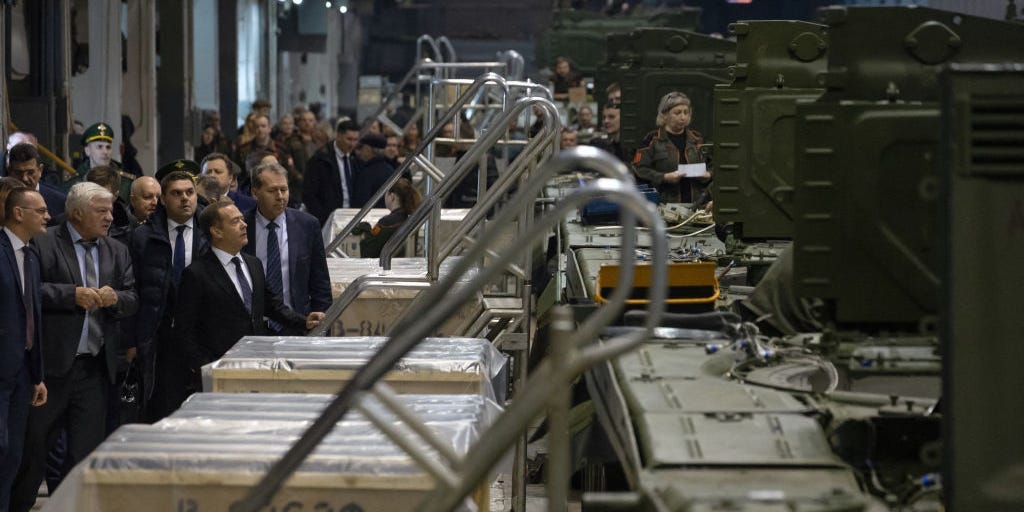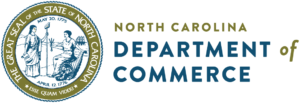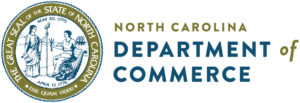Amid escalating tensions, the United States is taking a strategic turn in international diplomacy by proposing a temporary cessation of hostilities between Russia and Ukraine. As part of this initiative, a 30-day cease-fire is anticipated, but the outcome heavily depends on Russia’s response and its expectations.
The potential for a cease-fire places Russian President Vladimir Putin at a decision crossroads, where sanctions relief from the U.S. could be a key factor. The sanctions, implemented by the Biden administration, have significantly impacted Russia’s economy and defense capabilities. Former President Donald Trump has shown openness to discussing the lifting of these sanctions as part of a broader peace effort.
Security experts caution, however, that Russia may leverage any relaxation in sanctions to quickly acquire crucial U.S. technologies, which are vital for its military sector. “It is unquestionable that Russia will take immediate advantage of any easing in sanctions that allows it to access the components it badly needs to replenish its dilapidated military,” stated Tom Keatinge, director of the Royal United Services Institute’s Centre for Finance and Security.
Anadolu/Anadolu via Getty Images
Biden’s Microchip Ban
Alexander Kolyandr, a non-resident senior fellow at the Center for European Policy Analysis, highlights that tech sanctions relief is likely a priority for the Kremlin in negotiations. “The issue of easing of the sanctions is clearly on the table,” he wrote last week.
The U.S. microchips, essential for a range of products including military technology, were cut off by then-President Joe Biden following Russia’s 2022 invasion of Ukraine. This has forced Russia to resort to intricate black market channels or rely on China to obtain these components, making it difficult to maintain their weapons systems.
Janis Kluge, a senior associate at the German Institute for International and Security Affairs, notes Russia’s interest in acquiring critical components for advanced machinery and aircraft parts. “It has been expensive and sometimes impossible for Russia to acquire these parts due to sanctions,” Kluge explained. He further mentioned that Russia aims to establish significant reserves in anticipation of future sanctions.
AP Photo/Pablo Martinez Monsivais, File
Putin’s Ambitions Remain Unchanged
The framework for a potential agreement between Ukraine and Russia, as well as the status of sanctions, remains uncertain. Recently, Trump has threatened to impose stricter sanctions on Russia, despite his earlier announcement to pause military aid to Ukraine following discussions with Ukrainian President Volodymyr Zelenskyy.
Keatinge emphasizes that regardless of any agreement, Putin’s primary objective is to expand Russian territory. “Anyone who thinks that Putin’s aggression in Europe will be satisfied by any sort of deal over Ukraine is sorely mistaken,” Keatinge added, warning that appeasement could embolden Russian ambitions towards the Baltic states and Poland.






